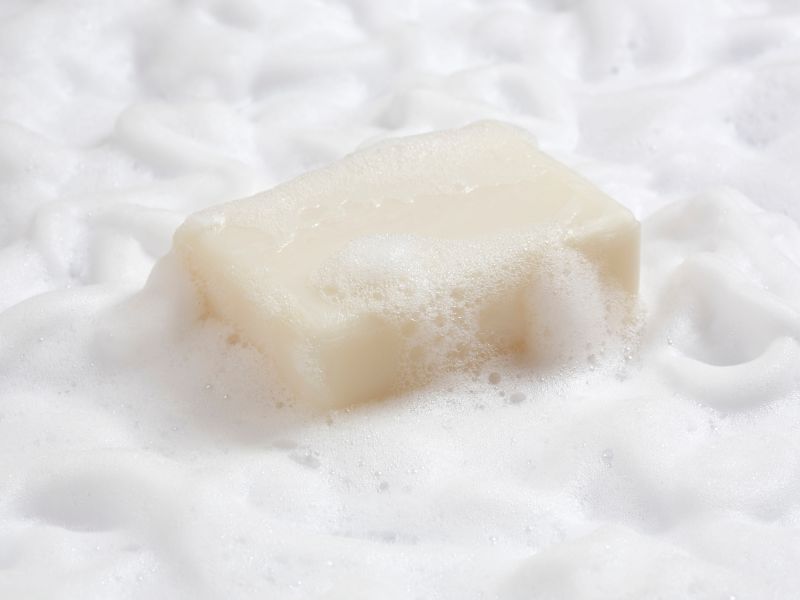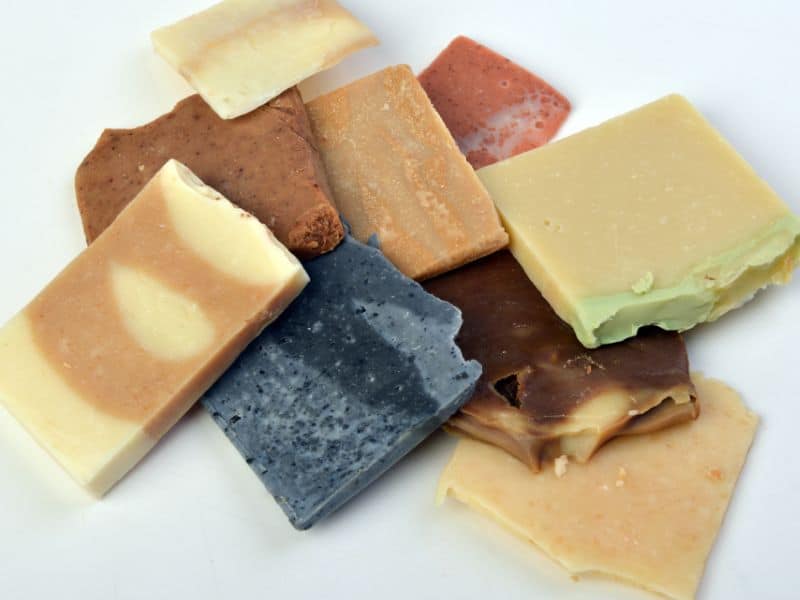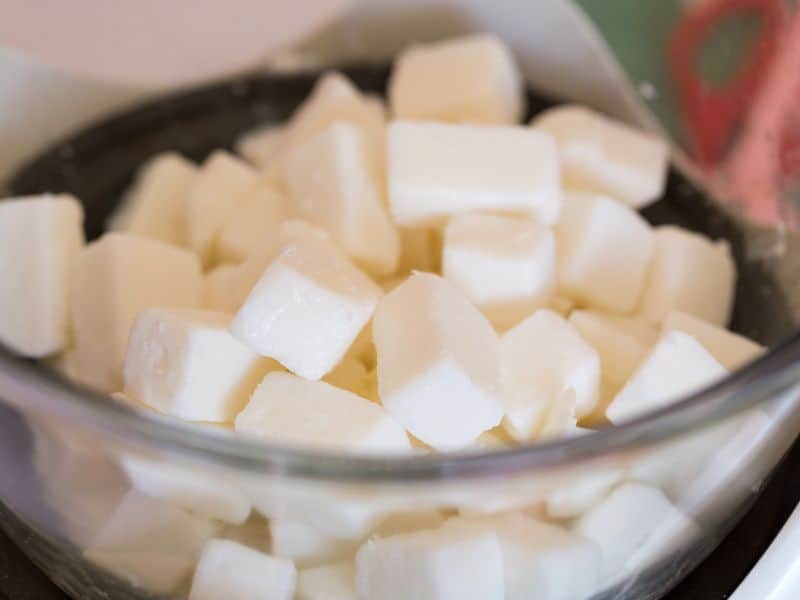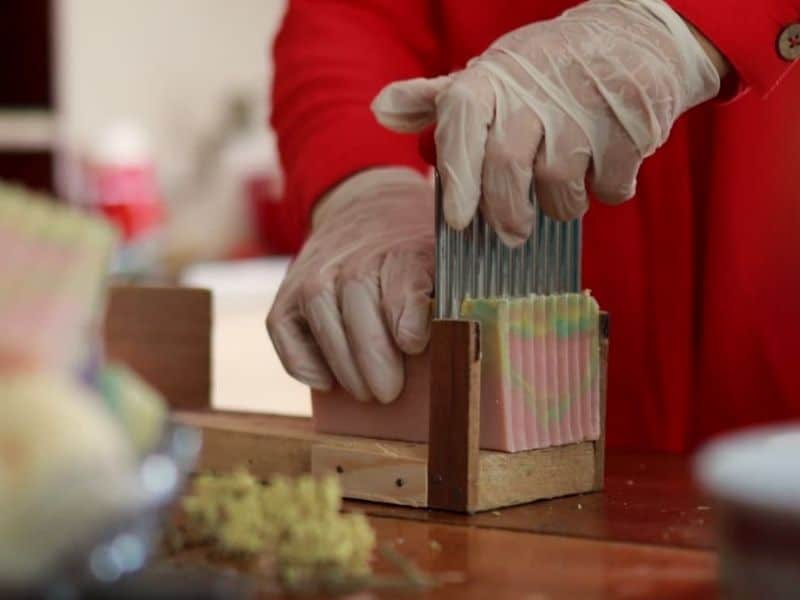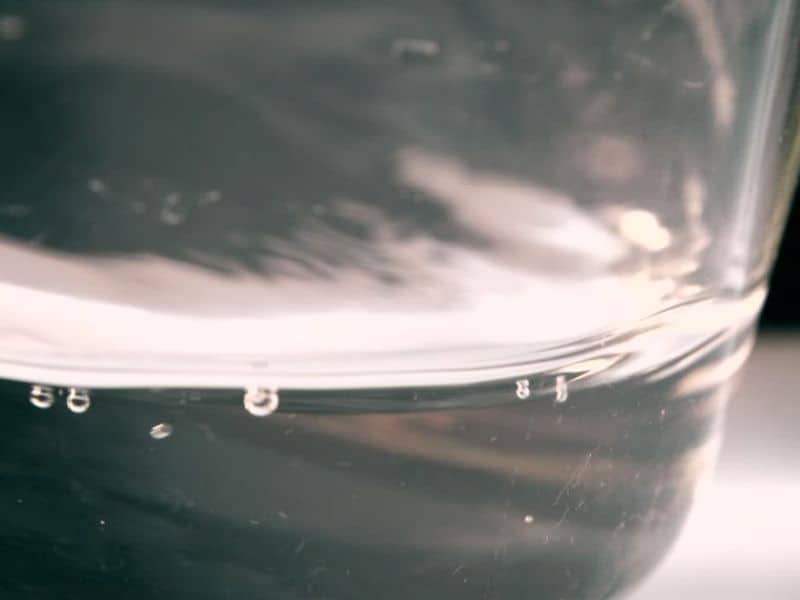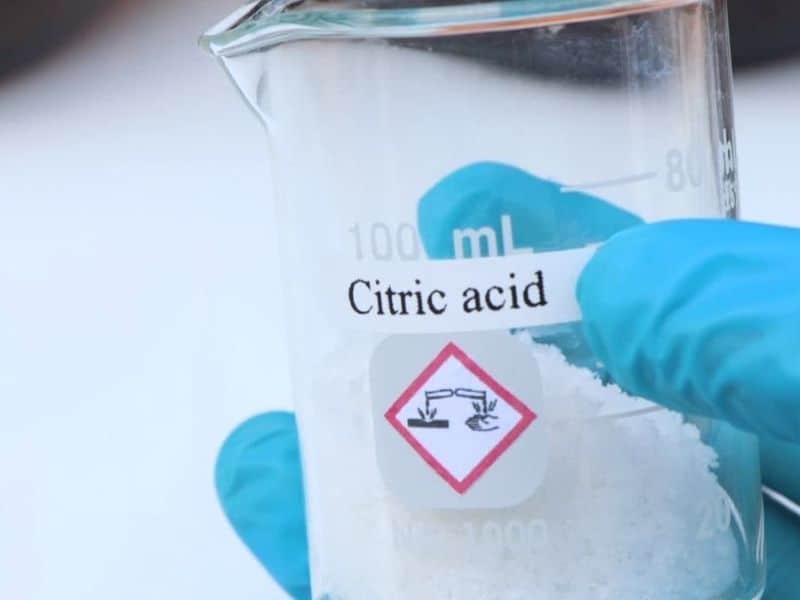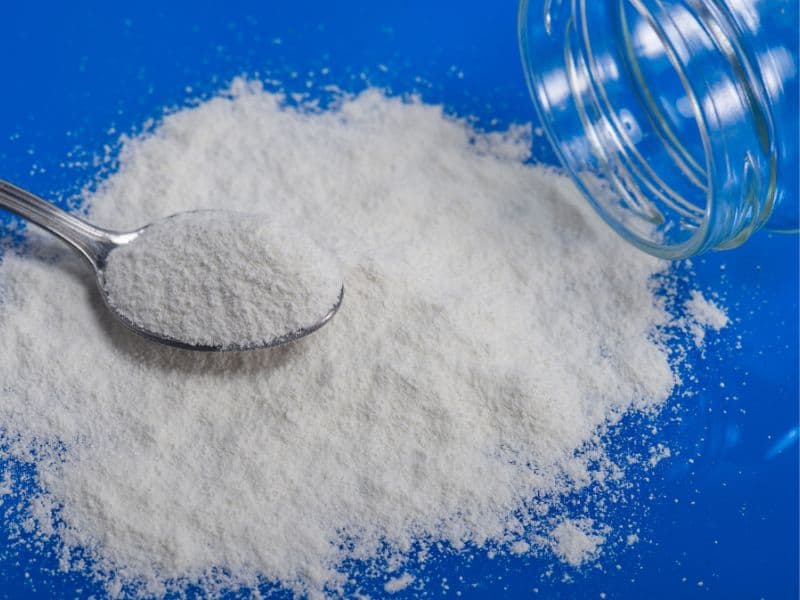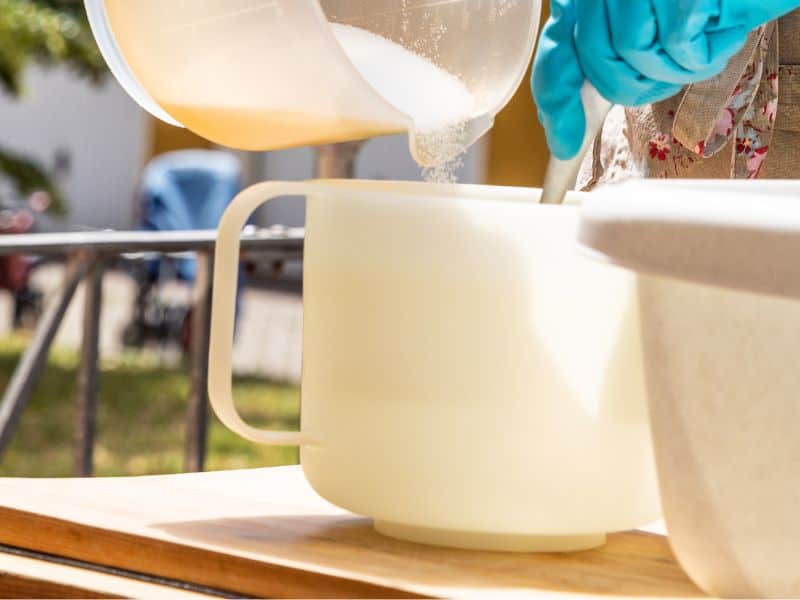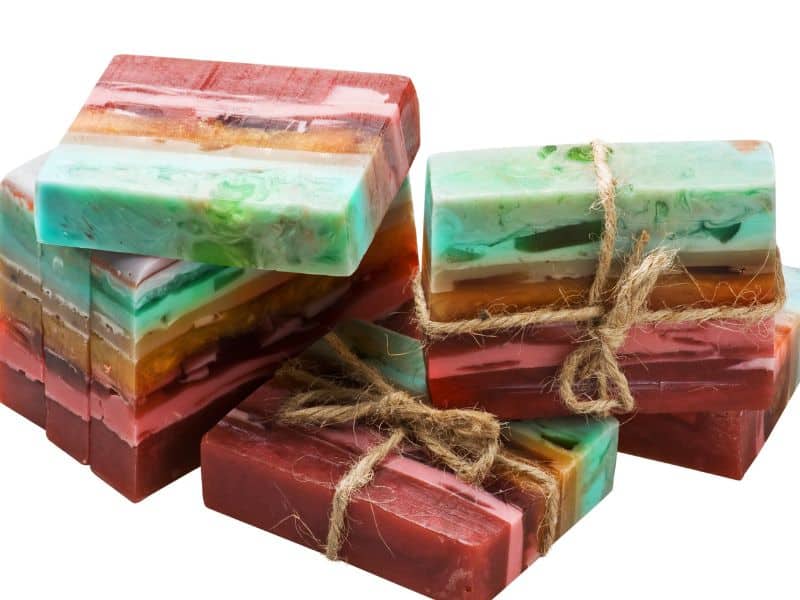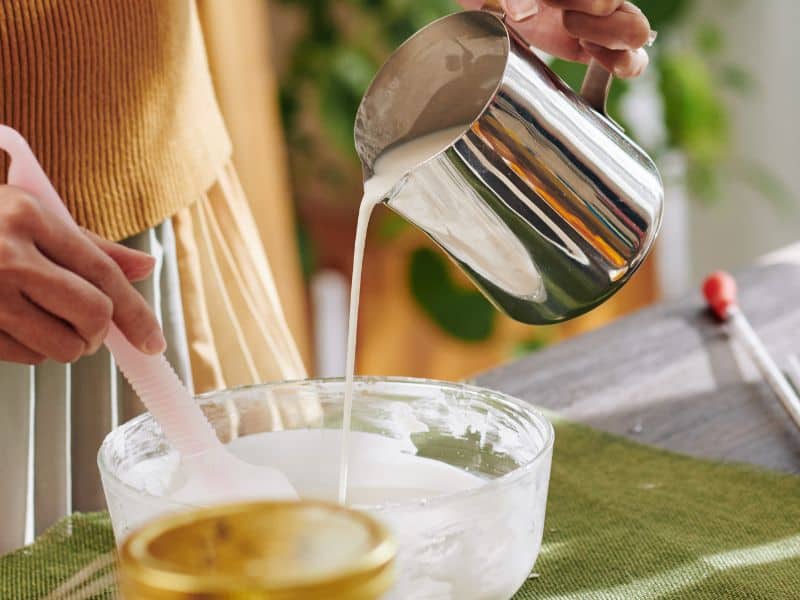Carl was born and raised in West Virginia. He enjoys spending time with his son, as well as a variety of hobbies and activities, such as cooking, crafting, DIY projects, gardening, and traveling. Holding degrees in both Marketing and Business, Carl has a passion for marketing and embodies an entrepreneurial spirit.

